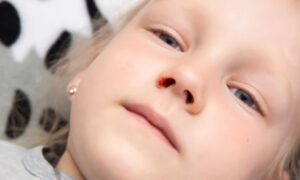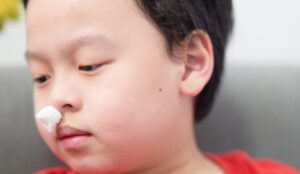Allergic rhinitis is a serious global public health problem, affecting about 30% to 40% of the population, with the incidence increasing year by year. The World Health Organization has listed it as one of the three major diseases that need to be focused on in the 21st century.
The symptoms of allergic rhinitis include nasal congestion, itching, clear nasal discharge, and frequent sneezing. In severe cases, it can affect sleep at night and daily life. Although we hope to cure this disease, it cannot be completely cured at present.
Allergic rhinitis is related to innate immunity, involving genetic issues that are generally difficult to change after birth. However, it can be well controlled through postnatal improvements.
How to treat allergic rhinitis?
The methods for treating allergic rhinitis include environmental control and medication. The purpose of environmental control is to avoid or reduce exposure to allergens and irritants, which is particularly important for children. Medications for allergic rhinitis include nasal corticosteroids and antihistamines, which can significantly improve symptoms.
Avoiding contact with allergens to reduce allergic reactions is a good method. The immune system of children is not yet fully developed, and their reaction to allergens is different from that of adults. Therefore, environmental regulation during childhood may be more effective.
For example, after the age of 2, children with severe allergic rhinitis and asthma or atopic dermatitis caused by cat or dog dander no longer keeping or staying away from pets, their allergic symptoms will significantly improve or even disappear. For children with severe allergic rhinitis and asthma or atopic dermatitis caused by pollen in spring or autumn, moving to other cities can significantly improve or even eliminate their symptoms.
In conclusion, although allergic rhinitis cannot be completely cured at present, effective relief of symptoms and improvement of quality of life can be achieved through methods such as avoiding allergens, improving the environment, and medication.








